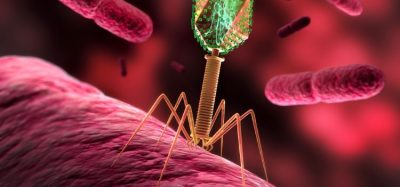European Pharmacopoeia publishes new chapter regarding BET testing
Posted: 3 July 2020 | Hannah Balfour (European Pharmaceutical Review) | No comments yet
The new chapter describes a method for bacterial endotoxins (BET) testing using recombinant factor C (rFC) instead of limulus amoebocyte lysate (LAL).


The European Pharmacopoeia has released a supplement containing a new general chapter that describes an alternative bacterial endotoxins (BET) test to the classic limulus amoebocyte lysate (LAL)-based method.
The new chapter 2.6.32. Test for bacterial endotoxins using recombinant factor C describes how recombinant factor C (rFC) based on the gene sequence of the horseshoe crab and fluorimetric detection can be used to quantify endotoxins from gram-negative bacteria.
Supplement 10.3 also contains the revised chapter 5.1.10. Guidelines for using the test for bacterial endotoxins, which has been updated to reflect the new status of rFC-based methods and give prerequisites for their deployment by users of the pharmacopoeia.
According to the Council of Europe (EDQM), chapter 2.6.32 has the potential to become a standardised method, which will become official in the 39 signatory countries to the European Pharmacopoeia convention.
BET tests using rFC can be used in the same way as LAL-based methods once they have been demonstrated as fit for purpose with the specific substance or product. The use of rFC for BET testing does not need to be validated, making its implementation easier; however, the replacement of an LAL-based method by an rFC-based method is considered as the use of an alternative method by the EDQM.
BET testing currently relies on two species of horseshoe crab as the sole source of lysate. Both Limulus polyphemus and Tachypleus tridentatus are endangered species and so a more sustainable option has been the topic of controversy. It was said the new chapter marks a significant step towards alleviating the need for these animal resources.
The EDQM’s Director, Susanne Keitel, explained: “When used under appropriate conditions, rFC-based methods provide the same guarantee of a product’s compliance with the test for bacterial endotoxins – and therefore, of its safety for use in patients – as LAL-based methods”.
The new general chapter 2.6.32 and the revised general chapter 5.1.10 will become effective on 1 January 2021.
Related topics
Biopharmaceuticals, Bioprocessing, Bioproduction, Endotoxin Detection, QA/QC, Sustainability









